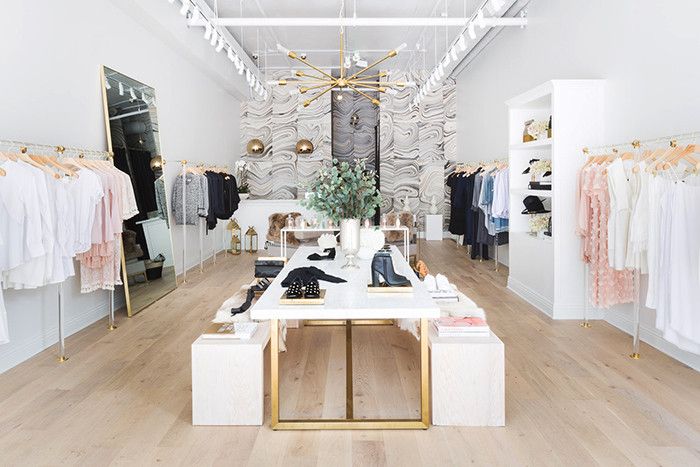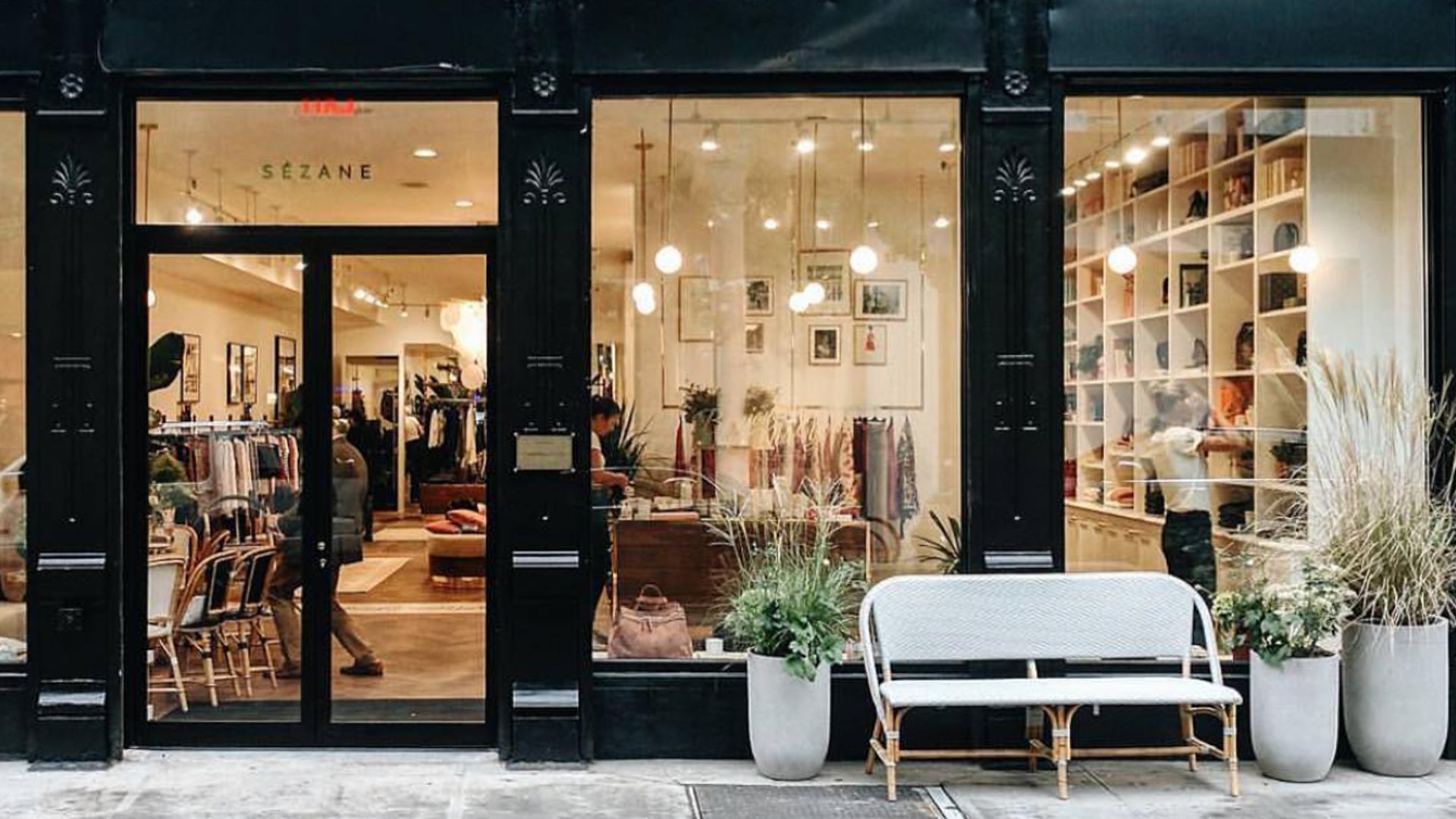Discovering the Development and Impact of Clothing on Modern Style Trends
The advancement of apparel has actually significantly influenced modern-day style trends, combining historical precedents with innovative developments. Renowned figures like Coco Chanel and Yves Saint Laurent transformed the style sector by introducing concepts that prioritize comfort and accessibility, which proceed to reverberate today.
Historic Style Influencers
In the tapestry of fashion history, specific numbers have actually left an indelible mark, shaping the patterns and designs that define entire ages. Coco Chanel, an advanced developer, redefined females's style by introducing comfy, classy apparel that left from limiting corsets.
Elsa Schiaparelli is another crucial figure, renowned for her progressive designs that included surrealist art, teaming up with Salvador Dalí to develop wayward pieces that challenged traditional looks. Her innovative use color and vibrant patterns resounds in modern fashion. Yves Saint Laurent, meanwhile, equalized high fashion with prêt-à-porter collections, bringing path styles to the masses and setting a criterion for modern-day ready-to-wear lines.
These enthusiasts, to name a few, not just reinvented style in their times yet likewise set withstanding patterns that resonate in today's apparel industry, giving a structure upon which modern-day designers continue to innovate and construct. Their heritages emphasize the value of creativity and bold in fashion's ever-evolving narrative.
Technological Innovations in vogue
Among the dynamic landscape of the apparel industry, technical advancements stand at the forefront of development, reshaping exactly how designers create and customers involve with fashion. The integration of 3D printing has reinvented layout procedures, allowing developers to try out intricate structures and lasting products that were previously impossible. This modern technology promotes fast prototyping, minimizing waste and speeding up production times.

Smart textiles, installing innovation right into materials, are also transforming the industry. Developments like self-cleaning and temperature-regulating textiles offer enhanced performance and comfort. Wearable technology, integrating attributes like fitness monitoring and communication, includes a brand-new measurement to style, combining appearances with functionality.
Cultural Shifts and Style
As technological developments continue to reshape the garment industry, cultural shifts are just as significant, redefining style and consumer choices. Recently, the increase of social media sites platforms has increased the dissemination of global style fads, enabling diverse social influences to converge and exist side-by-side. This digital interconnectivity has actually promoted the fast exchange of ideas, causing an extra inclusive and diverse interpretation of design that shows the multifaceted nature of modern culture.
Cultural awareness and admiration have actually triggered designers to click to find out more draw ideas from a wider range of ethnic and historical contexts, integrating typical motifs with contemporary visual appeals. This combination has led to style that resonates with a broader audience, advertising a sense of identity and belonging across different demographics. Additionally, the boosting need for customization has driven brands to provide personalized choices, making it possible for consumers to express uniqueness while reflecting their cultural heritage.
Additionally, moving social worths have actually affected style, with inclusivity and variety coming to be central motifs. The market has actually started to accept models and influencers of different body types, ethnicities, and gender identifications, tough standard elegance criteria. This improvement underscores the power of cultural changes in shaping the future of style, as design ends up being a much more authentic expression of personal and cumulative identification.
Sustainability and Modern Style
While the fashion industry proceeds to advance, the crucial for sustainability has actually come to be significantly immediate, affecting contemporary design practices. The rise of slow-moving style, which highlights high quality over quantity, urges customers to spend in classic items rather than short-term trends.
Furthermore, modern layout is characterized by its advancement in decreasing waste and advertising circularity. This approach not only alleviates ecological effect yet additionally enhances the social responsibility of fashion houses.

Future Trends in vogue

Sustainability will remain to be a driving force in forming future fashion fads. The industry is significantly embracing environmentally friendly products and honest manufacturing techniques, reacting to a growing consumer need for responsible methods. Advancements such as bio-fabricated materials and closed-loop recycling systems are set to redefine just how clothes is generated and consumed, minimizing ecological effect while preserving style and top quality.
Cultural shifts, consisting of the surge of inclusivity and variety, will certainly also play a pivotal role. As culture ends up being a lot more familiar with social problems, style is anticipated to come to be a platform for expression and adjustment. Designers will likely concentrate on developing collections that show a wider range of experiences and identifications, championing depiction and availability.
Conclusion
The evolution of apparel dramatically impacts modern-day fashion patterns, where historic influences combine with modern designs. Key numbers like Coco Chanel and Yves Saint Laurent have actually redefined style, while technological developments such as 3D printing and wise textiles increase innovative opportunities. Social shifts towards inclusivity and sustainability compel brands to accept and take on moral methods variety. This continuous advancement highlights style's duty as a mirror to social worths and technological development, recommending a future rich with development and inclusivity.
The development of clothing has actually substantially influenced modern style patterns, combining historical criteria with cutting-edge advancements.In the middle of the vibrant landscape of the fashion market, technical improvements stand at the forefront of technology, reshaping how designers develop and consumers engage with style.While the fashion market continues to develop, the crucial for sustainability has actually ended up being increasingly immediate, influencing modern-day style techniques. As sustainability becomes embedded in contemporary layout, it paves the way for a much more mindful and responsible fashion market.
The evolution of clothing significantly influences modern fashion trends, where historical impacts combine with contemporary styles.